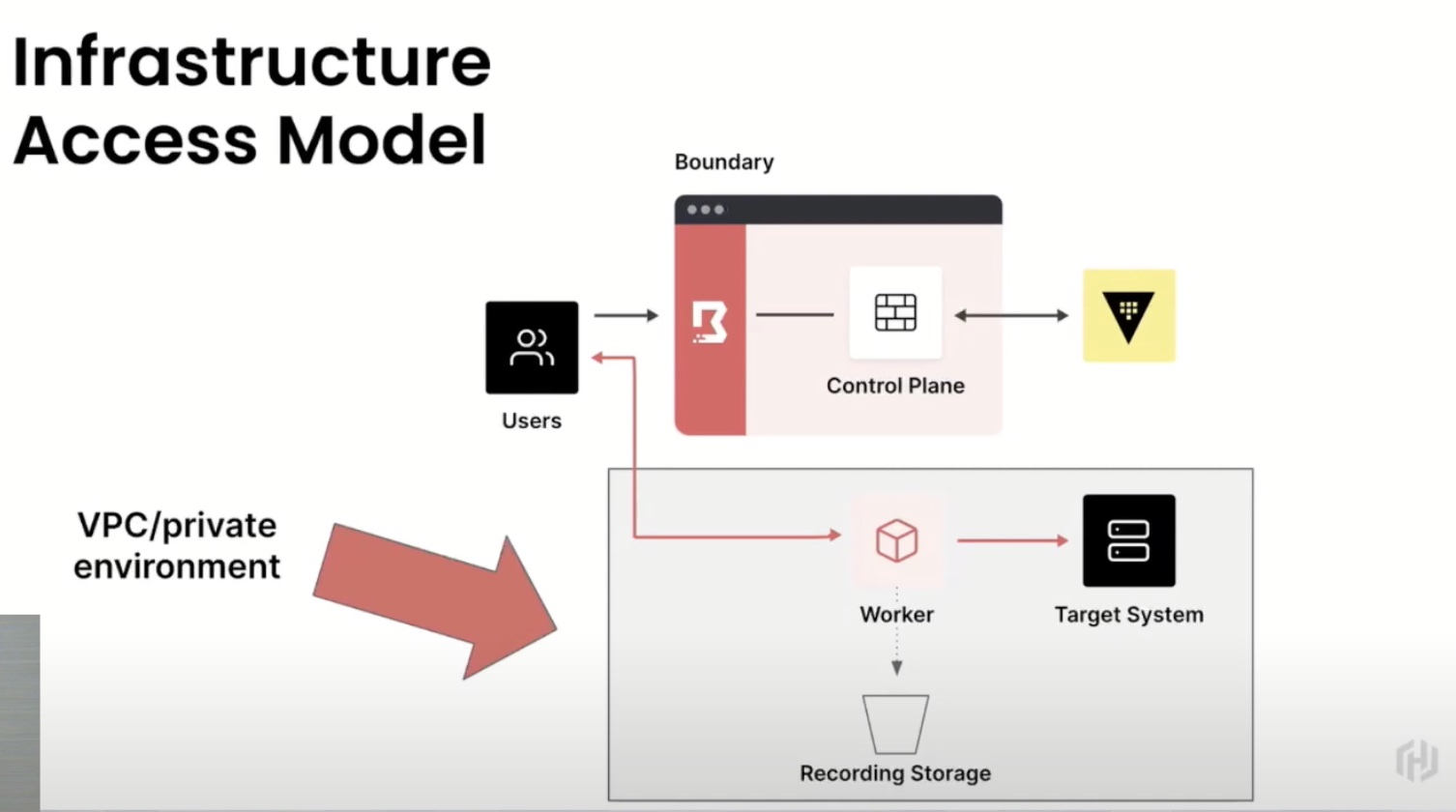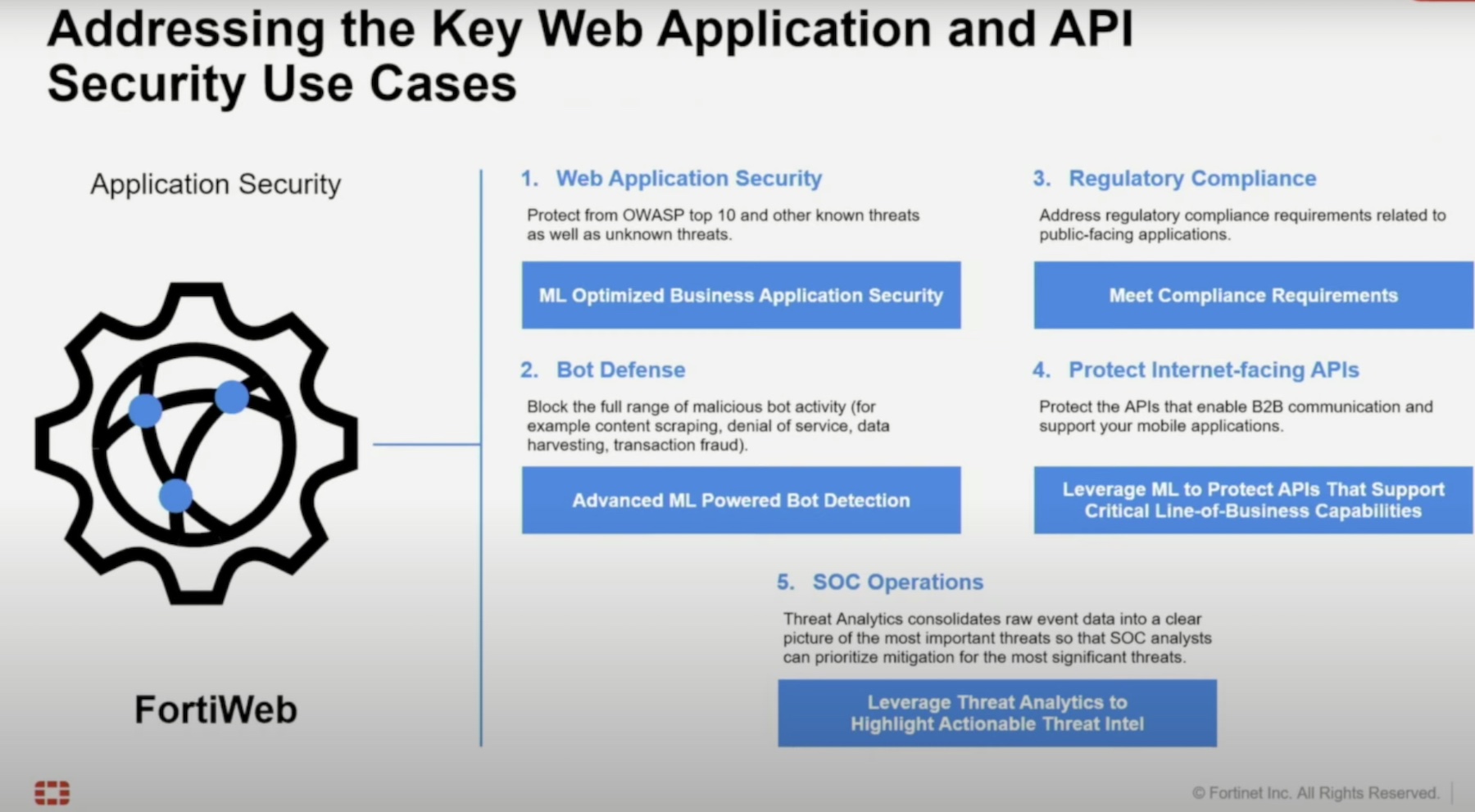2020 showed us that, despite popular belief from 2008, people can, in fact, work effectively while working remotely. But, as organizations continue to flesh out their distributed environments, a few key factors must be considered.

Communication
Effective communication is the heart of any business. While anybody can pop open Slack, Teams, or another similar messaging app, using them to their fullest sets great teams apart from good ones.
Here at Gestalt IT, one of my favorite things we do in Slack is our #marco channel. Named after the famous explorer, we use the channel to let everyone else in the company know when we’re going to lunch or taking breaks. Although a seemingly small thing, it really helps me get a better understanding of everyone’s work schedule so that I know when I can bother people and when I need to leave them alone.
Culture
With everyone working remotely, it can be tough to get to know your coworkers on a personal level like you would be able to working side by side in an office. Beyond that, it can be even tougher to feel as if you are a part of a team when you’re all by yourself at home.
The onus to keep that sense of community up falls both on the company and the individual employees. As an employee, don’t be a stranger! Make the effort to reach out to your coworkers to catch up on at least a semi-regular basis.
As a company, little things like sending thoughtful gifts like ice cream (thank you, Stephen and Shannon) go a long way to making employees feel like 1. you care about them, and 2. they’re part of something much bigger than themselves, even if they can’t see that apparently since they work at home.
Security
I know this one is on an entirely different level than the other two, but it was the name of the post, so you knew it was coming. With employees working from home offices, they simply aren’t secured the same way they would be in the physical confines of the office. Add to that, the increase in cloud technologies at play in the modern environment, and it’s apparent that securing remote workers is a completely different beast than securing in-office workers.
Paul Stringfellow, IT consultant at the UK-based Gardner Systems and perennial Tech Field Day delegate, feels that securing the remote workforce will soon be the biggest hurdle for today’s IT practitioners. In his independent blog, Stringfellow comments:
A recent BBC news report stated that 43 of the UK’s biggest 50 companies had no intention of bringing all staff back to the office and were embracing this new flexible work mix. This is not limited to those big companies either, as I see that replicated across many companies I deal with from large to small.
While this is to be applauded, it does present some concerns. As we move our staff away from the corporate office, we are also moving them away from many of the things they are used to including enterprise-class devices, connectivity and critically security.
Learn what tips Stringfellow suggests for securing remote workers by reading the rest of Securing Our Newly Distributed Workforce at TechStringy.com.




